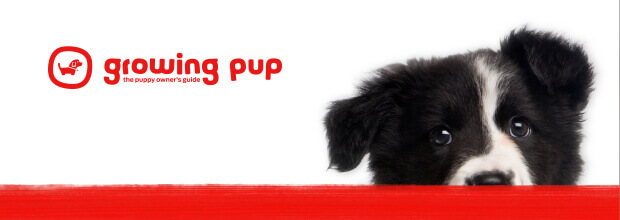A strong, multipurpose working dog, the Newfoundland is big in size yet sweet in temperament. This noble breed is a master swimmer with natural lifesaving instincts, and his thick, plush coat protects him from frigid waters. Intelligent and friendly, the Newfoundland is easy to train and is a great fit for families with children. He requires daily exercise, and his coat needs to be brushed regularly.
DID YOU KNOW? The Newfoundland was a popular choice for several former U.S. Presidents. James Buchanan owned a female named “Lara,” Rutherford B. Hayes had a male called “Hector,” and Ulysses Grant’s son, Jesse, owned a male named “Faithful.”














